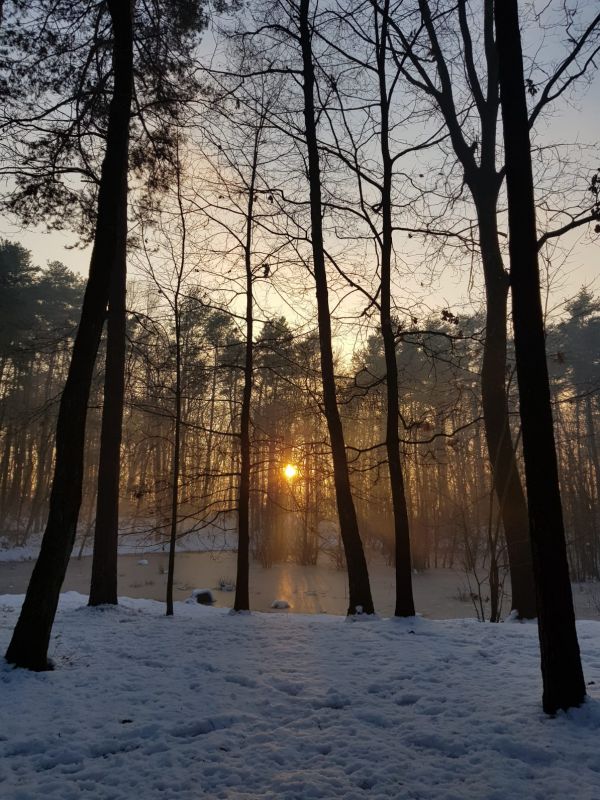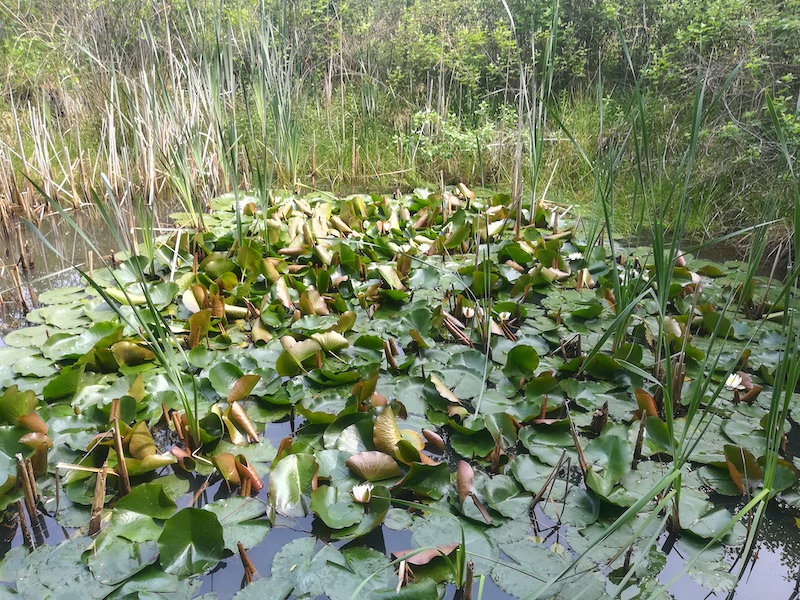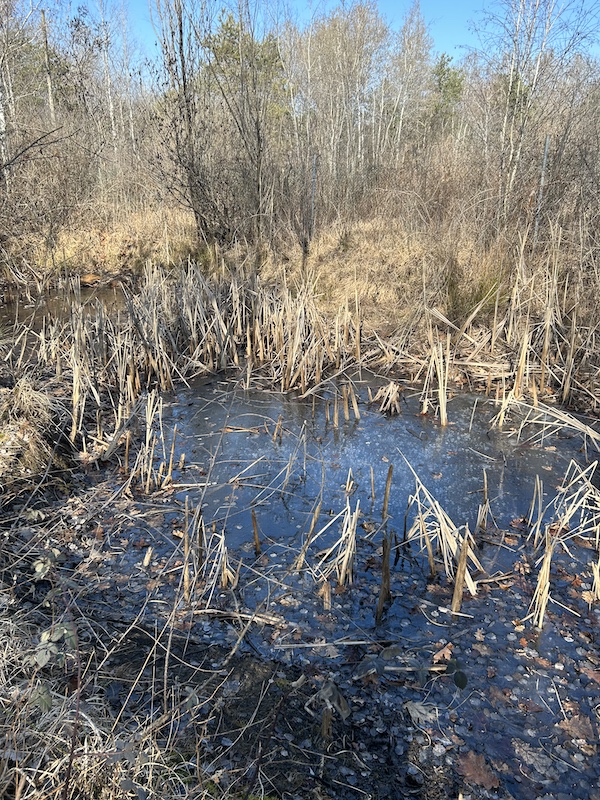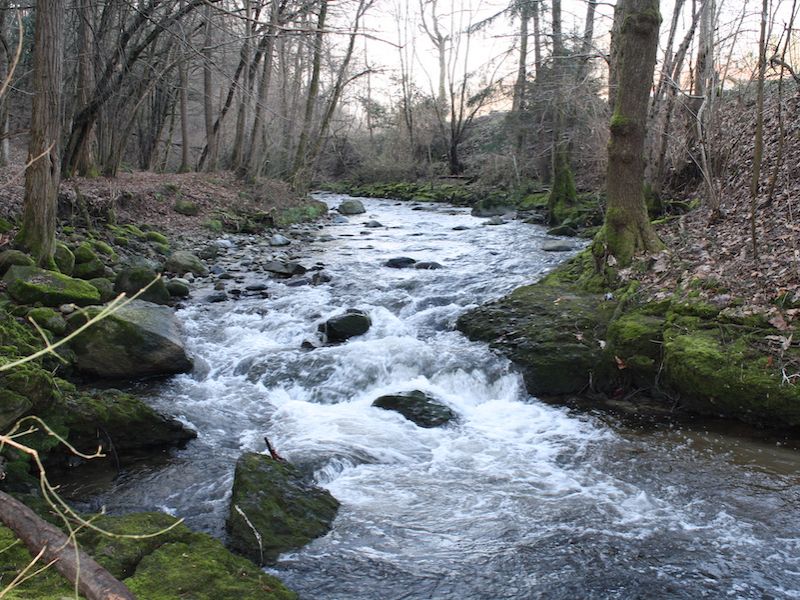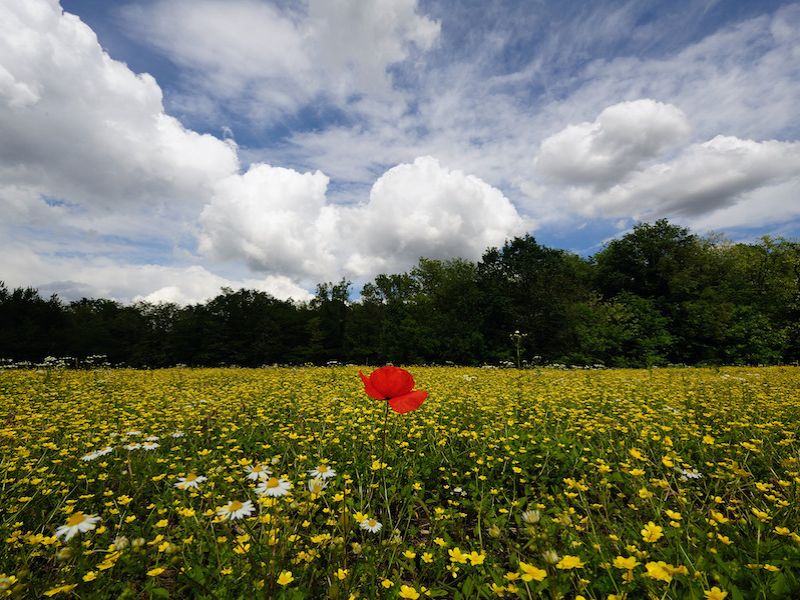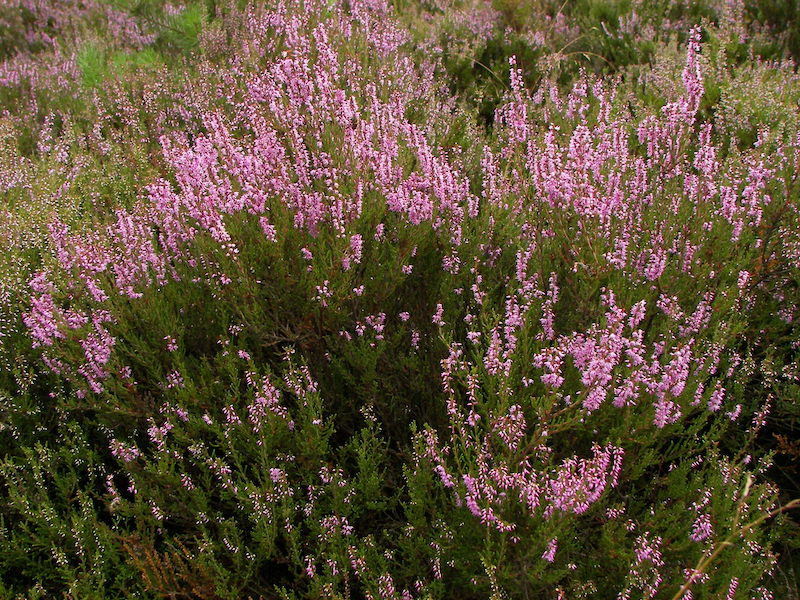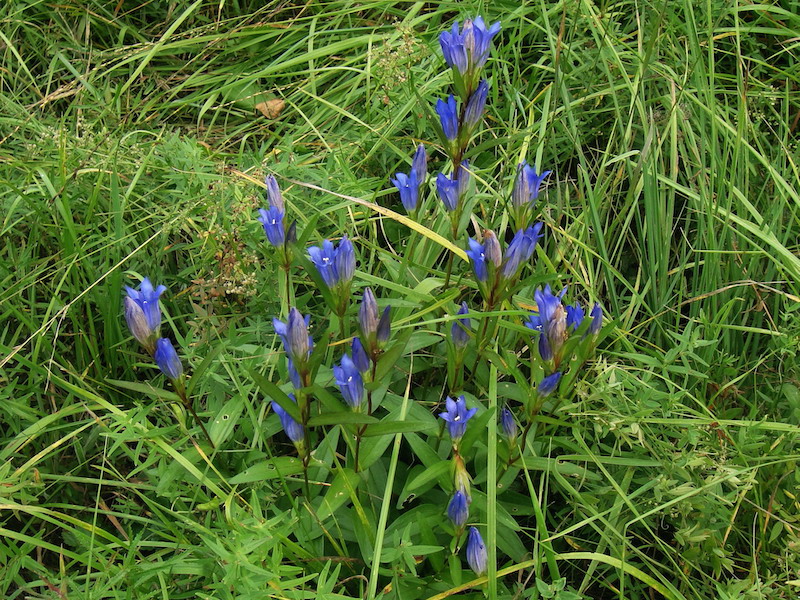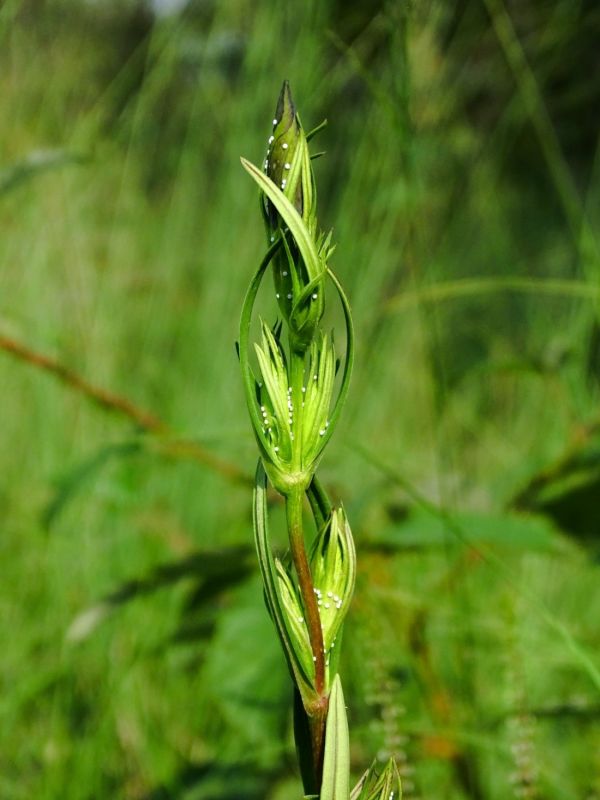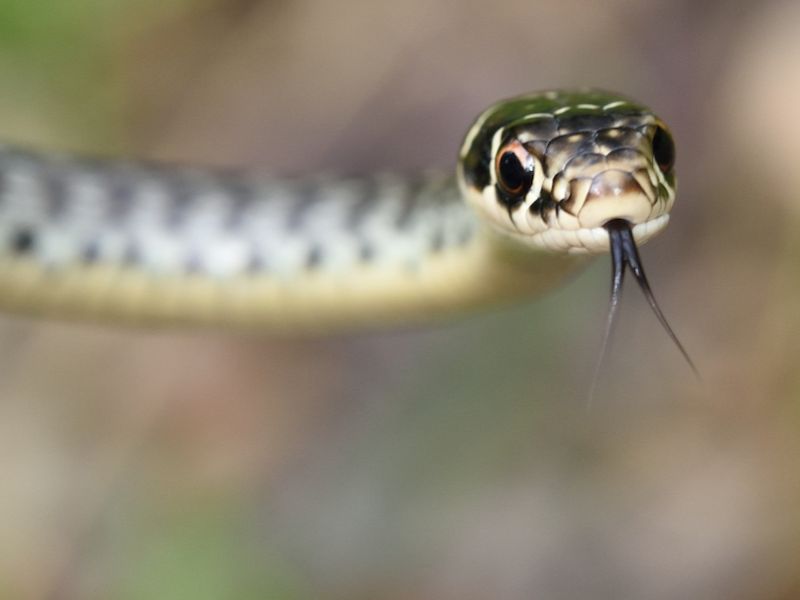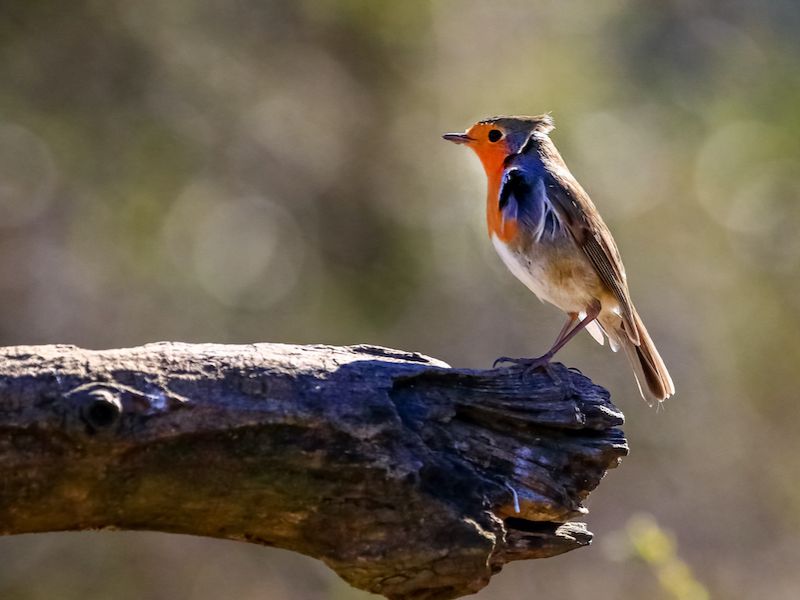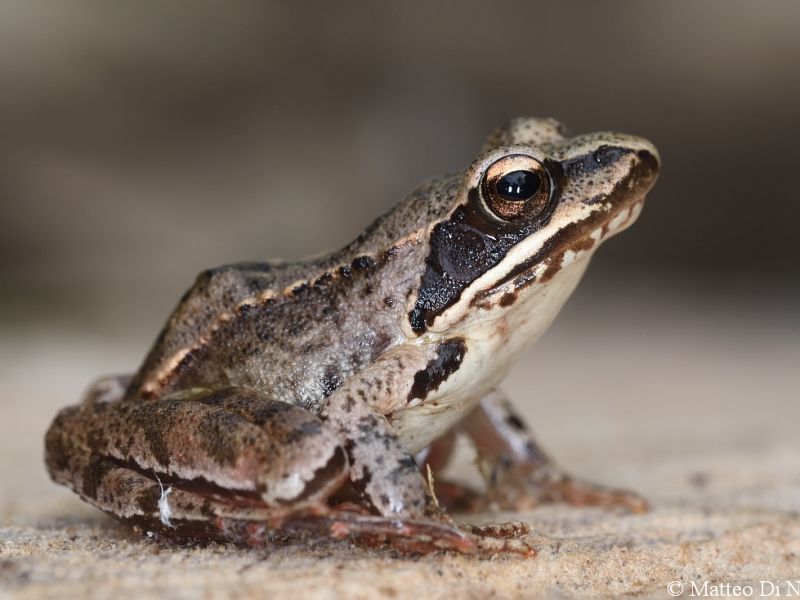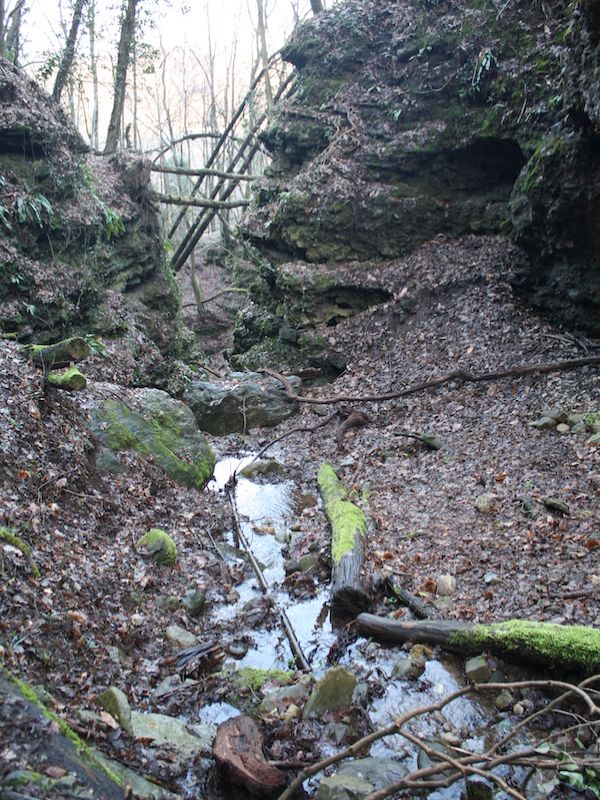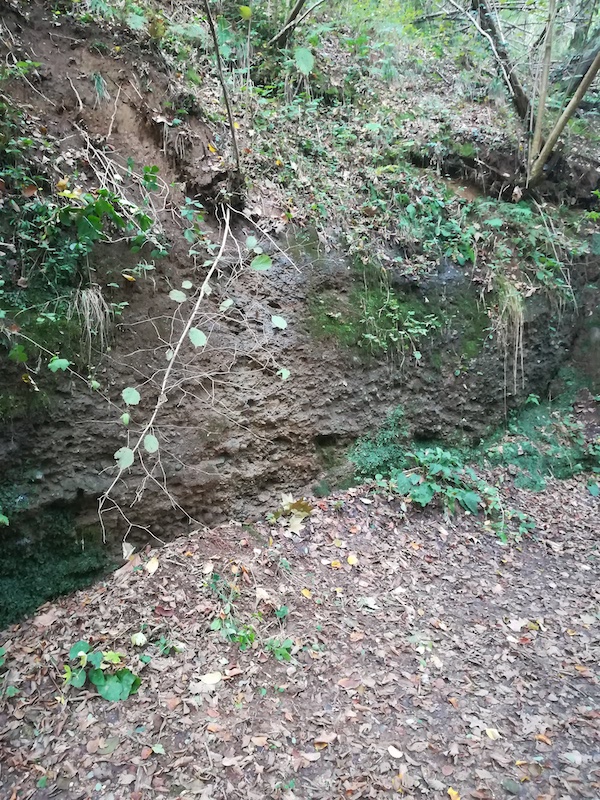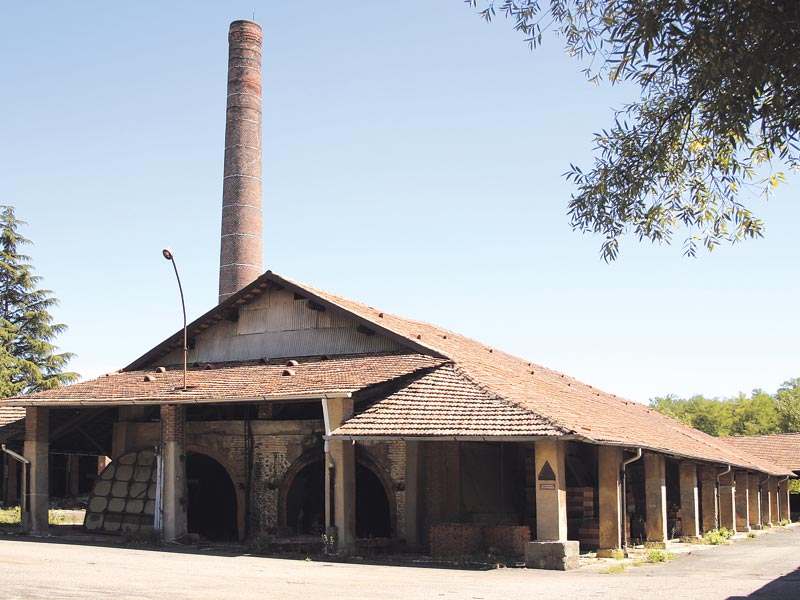Parco delle Groane e della Brughiera Briantea
www.parcogroane.itProtected Area
Identity Card
- Groane e Brughiera Briantea Regional Park:
- Land Surface Area: 7'810.00 ha
- Regions: Lombardia
- Provinces: Monza e Brianza, Milano, Como
- Municipalities: Arese, Barlassina, Bollate, Bovisio Masciago, Cabiate, Cantù, Carimate, Carugo, Ceriano Laghetto, Cermenate, Cesano Maderno, Cesate, Cogliate, Cucciago, Figino Serenza, Fino Mornasco, Garbagnate Milanese, Lazzate, Lentate sul Seveso, Limbiate, Mariano Comense, Meda, Milano, Misinto, Novedrate, Senago, Seveso, Solaro, Vertemate con Minoprio
- Establishment Measures: LR 31 20/08/1976 - LR 12/2011 - DGRN 1613/2019
- Park Authority: Parco delle Groane e della Brughiera Briantea
- Further managed Protected Areas:
- Zona Speciale di Conservazione Boschi delle Groane
- Zona Speciale di Conservazione Fontana del Guercio
- Zona Speciale di Conservazione Pineta di Cesate
-
Bodies of the Authority: Park Community, composed of one representative from every territorial authority concerned; Management Board; President, and Auditor.
The Park's Statute (544Kb)
The Groane e Brughiera Briantea Park
The Groane Park is a regional protected area established in 1976 and covering 7,810 hectares, thanks to the recent expansion and unification of the territories that were part of the Brughiera Briantea PLIS and the Fontana del Guercio nature reserve, thus effectively doubling its extension. After this important step, the "new" Groane Regional Park covers the territories of 28 municipalities (i.e., Arese, Barlassina, Bollate, Bovisio Masciago, Cabiate, Cantù, Carimate, Carugo, Ceriano Laghetto, Cermenate, Cesano Maderno, Cesate, Cogliate, Cucciago, Figino Serenza, Fino Mornasco, Garbagnate Milanese, Lazzate, Lentate sul Seveso, Limbiate, Mariano Comense, Meda, Misinto, Novedrate, Senago, Seveso, Solaro, Vertemate con Minoprio), thus joining, in a single large green area under nature protection, the extreme northern suburbs of Milan, almost up to the city of Como. It hosts many species of flora and fauna, Europe's southernmost moorlands and three Sites of Community Importance (SCI), Groane woods, Cesate pine forest and Fontana del Guercio Reserve. In recent years, many works have been carried out for a better accessibility by citizens, with the creation of a dense network (about 50 km) of cycle paths and trails. The headquarters, the Polveriera Park Centre, is in Solaro and hosts many events throughout the year. Behind it stands the former Polveriera, a wartime weapons depot, and now converted into a wonderful forest that can be visited on Saturdays and Sundays upon appointment. Since 2018, there has been a Territorial Office in Vertemate con Minoproprio.
Wetlands
Among the wetlands of the Groane are Foppa di San Dalmazio at Ceriano Laghetto, which has a high naturalistic value, since it hosts some protected species of amphibians. On one of the high grounds of Mariano Comense are the Mordina lakes, taking their name from the farmstead located nearby. These are two small lakes, one natural and one artificial. The latter was created to contain the irrigation water used for the fields of the nearby rural homes. They are rich in flora and fauna. In Meda, there is Zoca di Pirutit, an old abandoned clay quarry, now converted into a small lake basin (used for sport fishing). At Lenate sul Severo, hidden in the woods, there is Lago Azzurro, also generated by a depression caused by a clay quarry.
Sites of Community Importance
In the Park territory there are three SCIs (Sites of Community Importance) recognised by the European Union under the "Habitats Directive" for the protection of natural environments and species: the Cesate pine forest, Groane woods, and Fontana del Guercio.
The Landscape
The Groane and Brughiera Briantea Park probably owes its name to its hard, and difficult to cultivate soil. Its formation began during the Pleistocene glacial retreat, when the deposits accumulated in successive layers; over time, they were modelled by atmospheric agents and water. Over the centuries, they altered by mixing with windblown silt, thus forming the "ferretto" (reddish clay).
Moorland is the most characteristic environment of the area and is characterised by the presence of low-growing vegetation such as shrubs, and herbaceous species that are adapted to acidic, clayey, sandy or loamy soils that are poor in nutrients.
Further information (in Italian)
Flora
One of the most characteristic environments to be protected in Groane e Brughiera Briantea Park is the moorland.
It is characterised by the widespread presence of the common heather (Calluna vulgaris), an ericaceous plant that, at the end of August, bursts into pinkish blooms similar to the heather. It is a colonising plant, since it can settle on barren soils that are still poor in nutrients and not yet covered with trees and shrubs. Along with it, there are beautiful flowers such as the gentian (Gentiana pneumonanthe), the buttercup (Ranunculus), the rare rosemary-leaved willow (Salix Rosmarinifolia), the alder buckthorn (Rhamnus frangula), the moor grass (Molinia arundinacea), young birch trees (Betulla pendula); in standing water, sharp rushes (Juncus effusus) and the elegant broadleaf cattail (Typha latifolia).
Further information (in Italian)
Fauna
The woods of the Park are populated by several mammals and birds, some of which are very rare.
If you walk in silence among the woods of the Groane e Brughiera Briantea Park, you may see many animals or hear birds singing, even and especially at night. If we think that cities are near, this is a real privilege in the heart of one of the most urbanised areas in Italy.
Further information (Italian text)
Geology
The terraced areas in the Groane e Brughiera Briantea Park are among the most important in Lombardy and represent evidence of a geological area, the Quaternary, characterised by important variations in climate.
Further information (in Italian)
The Kilns
The Groane, consisting of "ferrettizzati" clay plains, are quite unsuitable for agriculture. Actually, man throughout history exploited these areas by opening quarries for extracting the clay, which was worked, mixed, modelled, dried and fired in klins for the manufacture of solid bricks. From the mid-18th century onwards, a large number of klins arose; some of them, reduced to ruins amidst moorlands and woods, have survived and stand out in the landscape for their tall chimneys.
Further information (in Italian)


